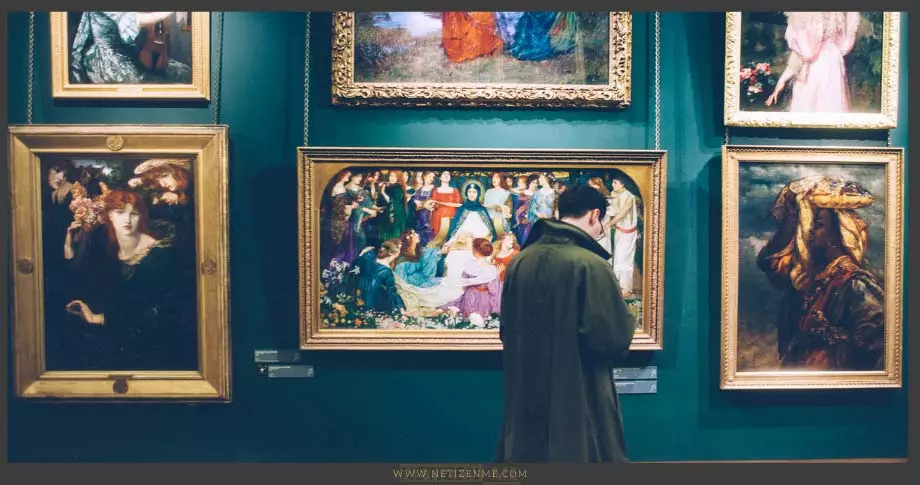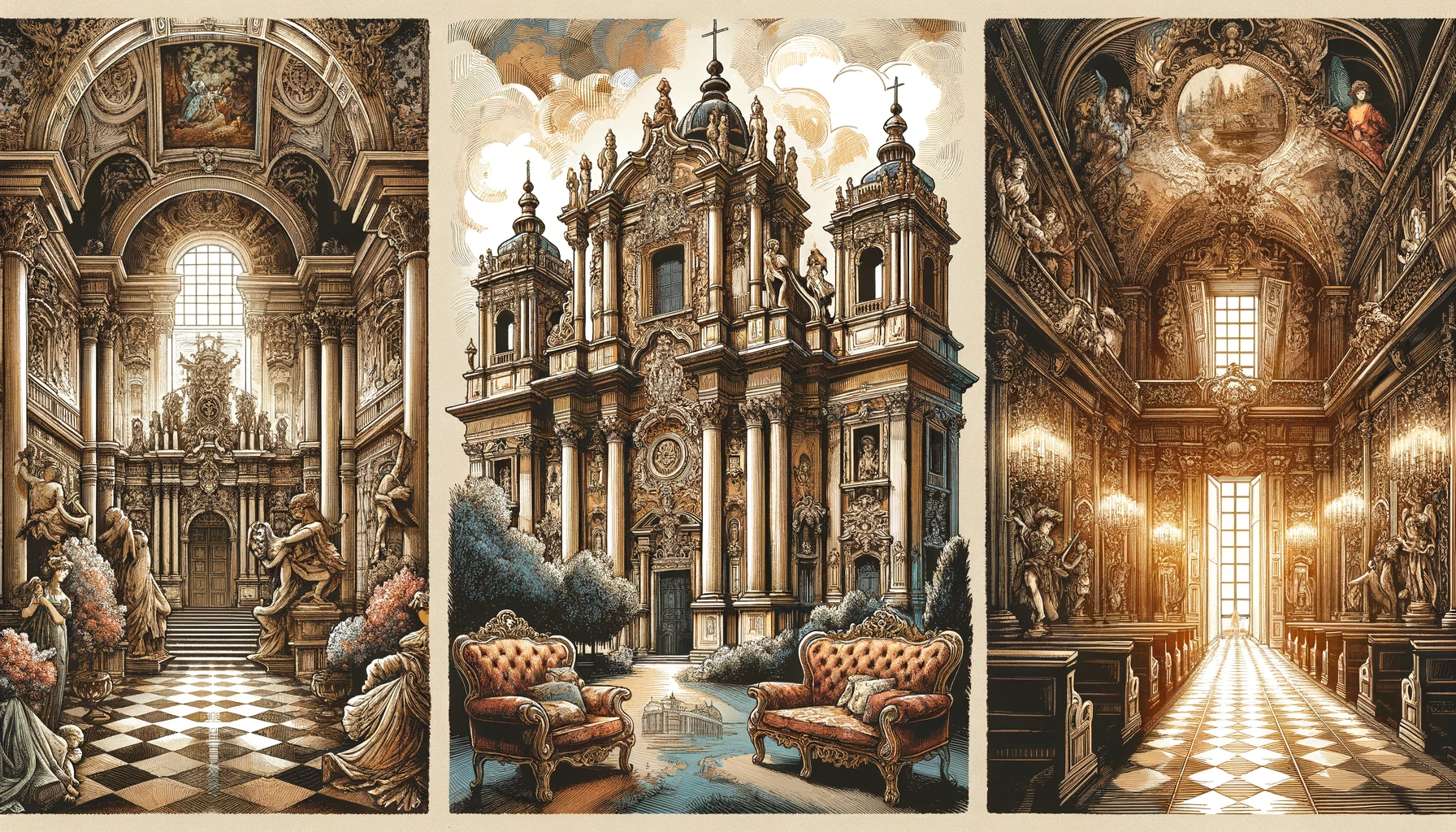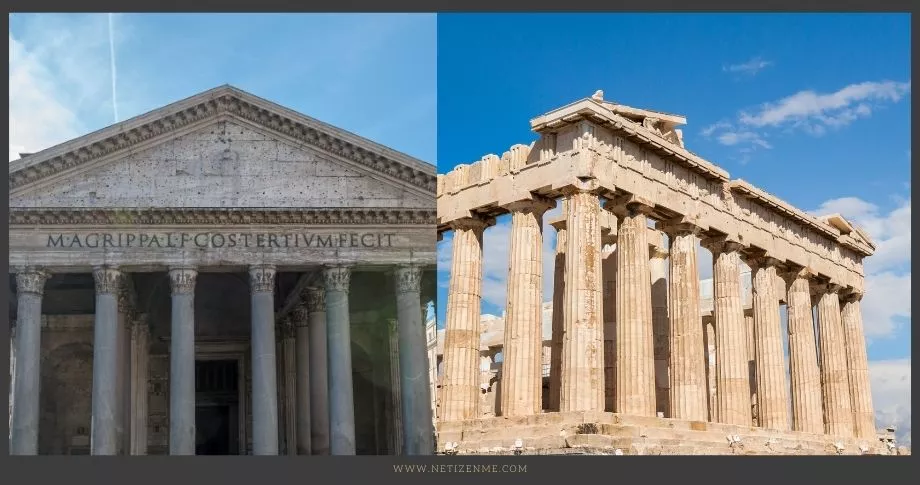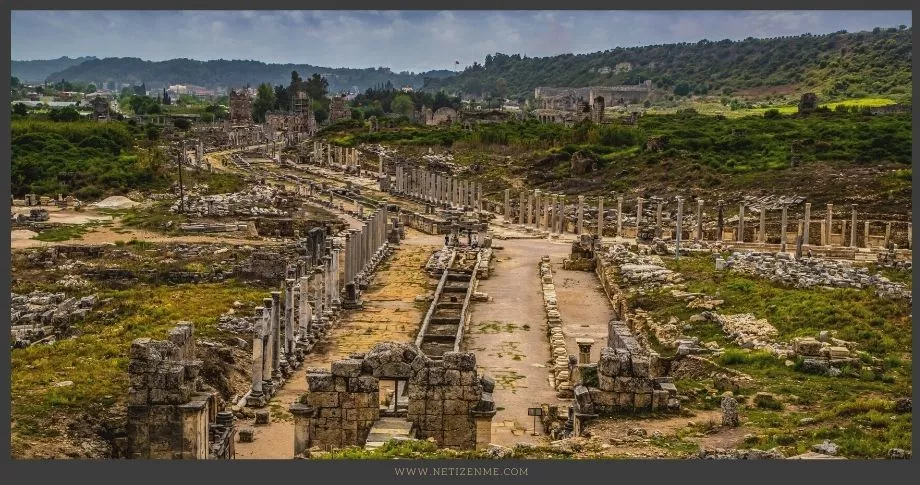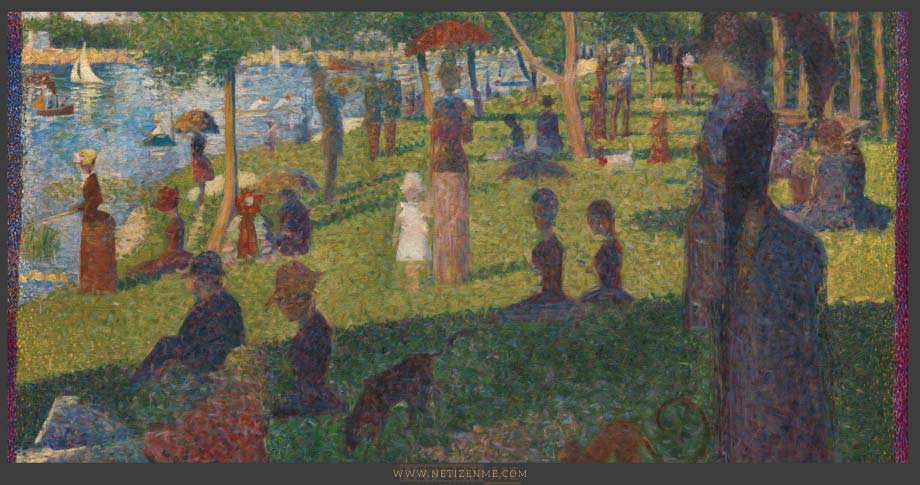In what ways was Impressionism “modern” and how did it reflect the new “modern” life?
Impressionism was a modern art movement that emerged in the late 19th century in France. It was characterized by focusing on the immediate impression of a scene or subject rather than the detailed, finished product. The Impressionists sought to capture the momentary, transient effects of light and color, often painting outdoors and using a technique of short, broken brushstrokes.
Subject matter
One of how Impressionism was modern was in its subject matter. The Impressionists often painted modern, everyday scenes of urban life, such as people at cafes, parks, and train stations, rather than historical or mythological scenes. This was a departure from the traditional art of the time, which often focused on grandiose, idealized images.
Approach to art-making
Another way in which Impressionism was modern was in its approach to art-making. The Impressionists rejected the traditional studio-based approach to painting, instead opting to work outdoors and paint directly from nature. This approach allowed them to capture the immediacy and fleeting nature of light and color in a way that was impossible with traditional studio-based methods.
Impressionism also reflected the new, modern life of the time by breaking the boundaries between art and everyday life. The Impressionists often painted scenes from contemporary life and made art accessible to a broader audience. They also rejected the hierarchies of the art world and often exhibited their work independently of the official Salon.
Impressionism as a movement
In addition, Impressionism was a movement that was open to experimentation and new techniques, reflecting the spirit of innovation and progress that characterized the “modern” age.
In summary, Impressionism was a modern art movement that reflected the new, modern life of the time by focusing on the everyday subject matter, outdoor painting techniques, and the rejection of traditional hierarchies in the art world. It also embraced the spirit of experimentation and progress that characterized the “modern” age.
This article is written by:
Chenayah enjoys exploring and writing about her passions, including languages and travel. She leverages her diverse educational background in Business, Psychology, and Linguistics to enrich her writing endeavors.
